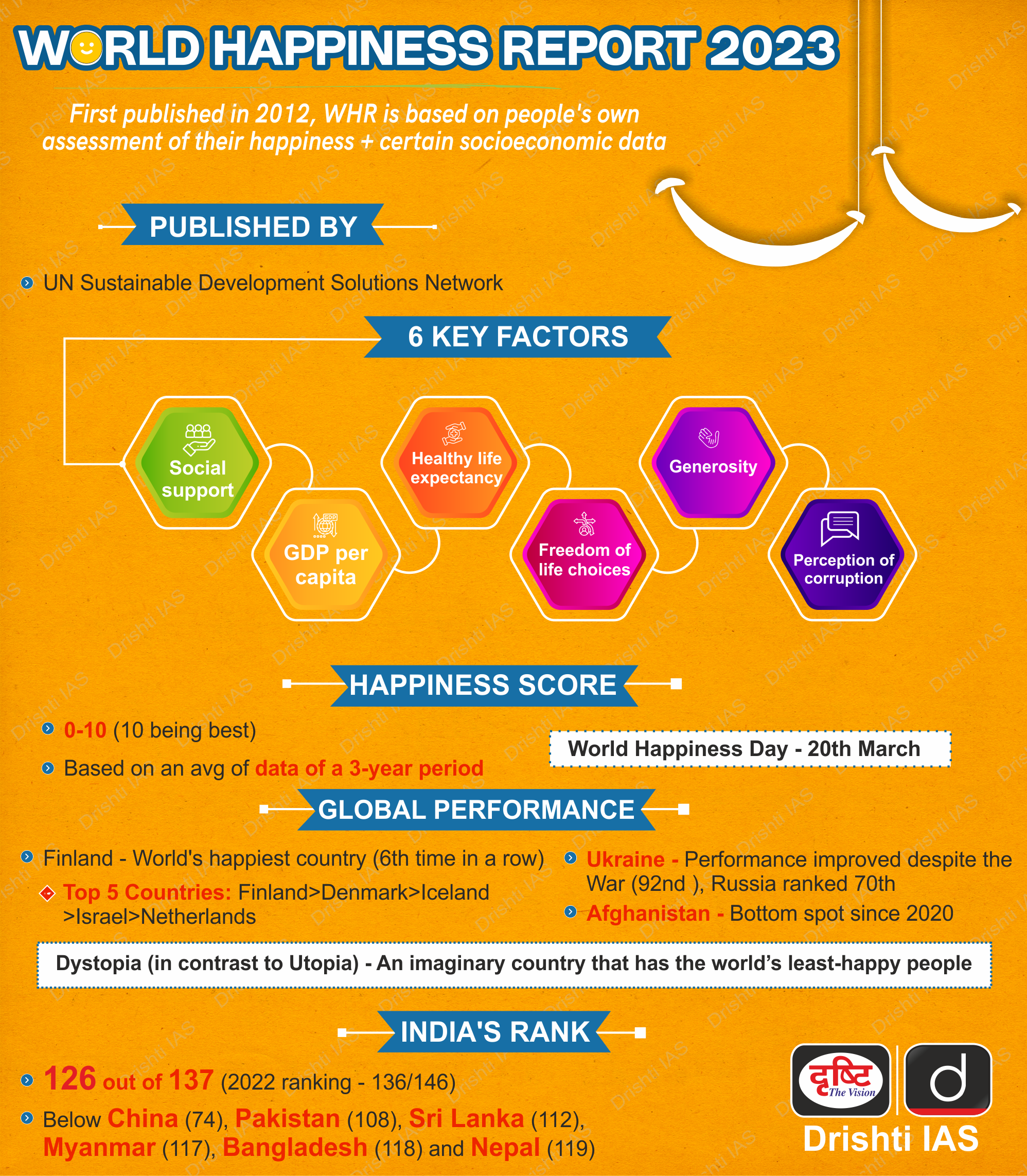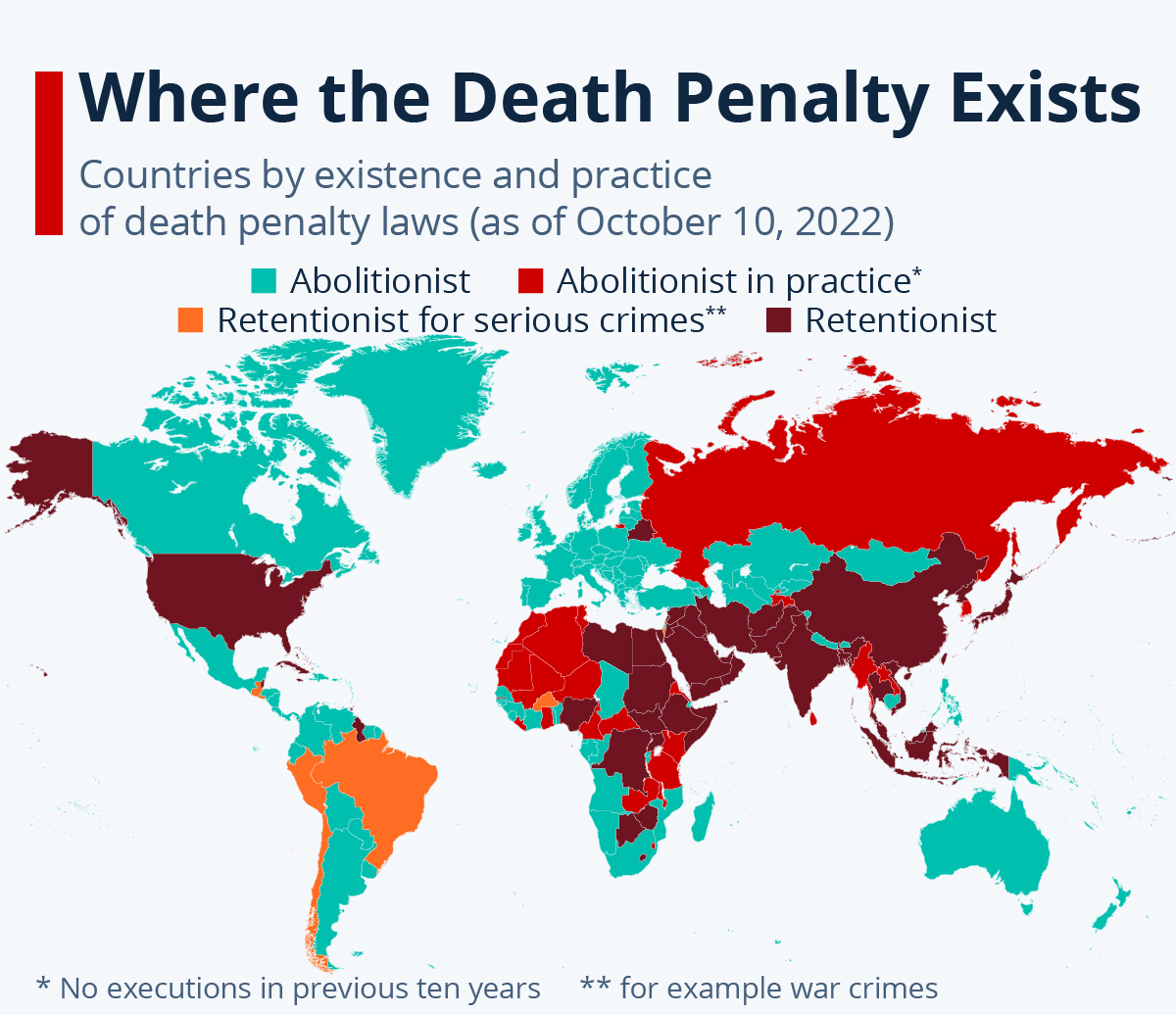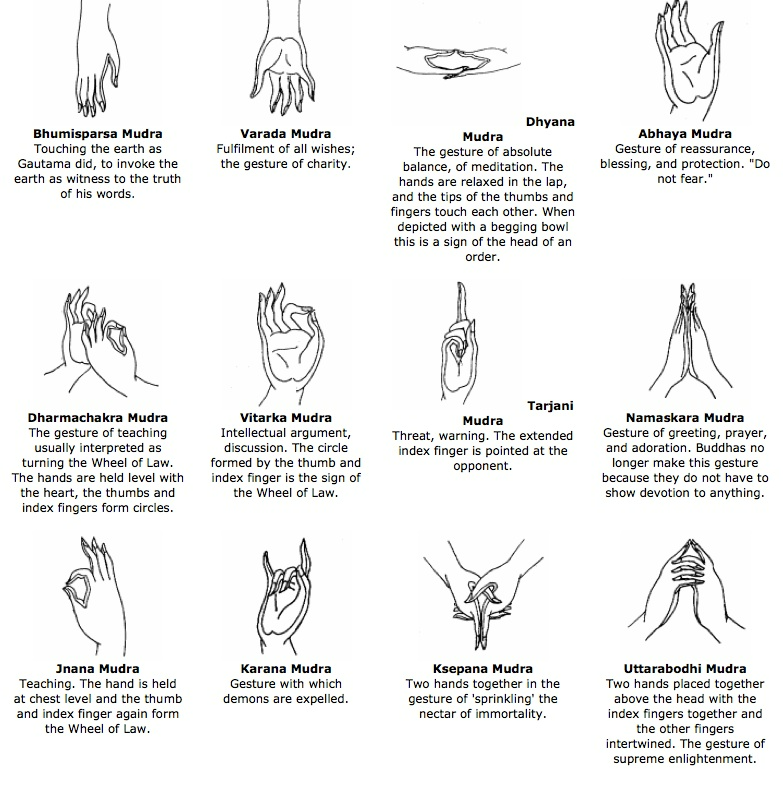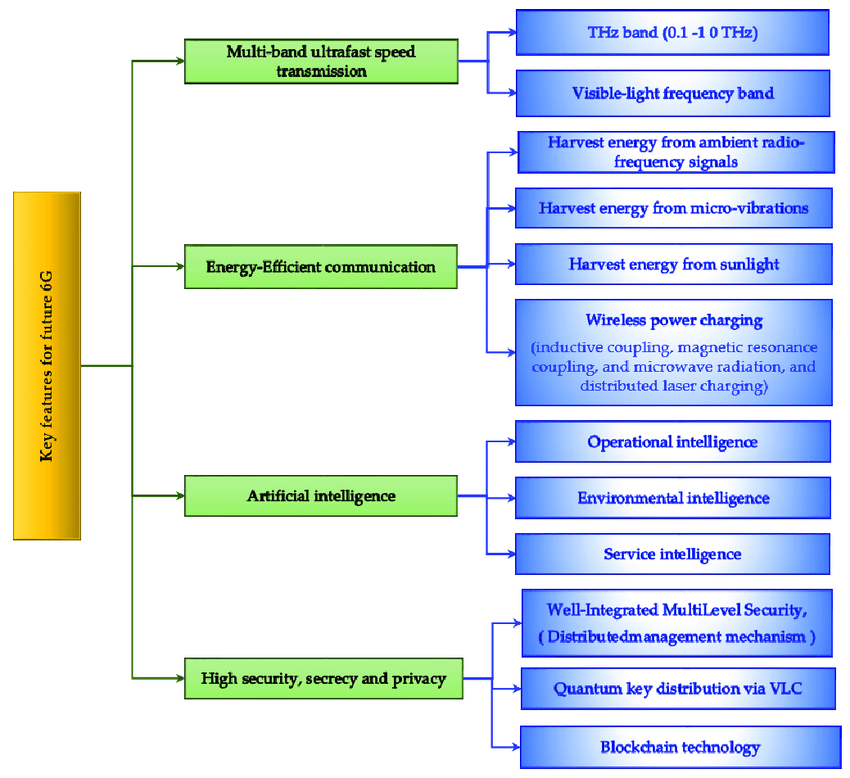Infographics
Biodiversity & Environment
Waste to Energy
For Prelims: Waste-to-Energy, Solid Waste Management, Biodegradable and Non-Biodegradable Organic Waste.
For Mains: Waste-to-Energy.
Why in News?
The Kerala government recently announced the State’s first Waste-To-Energy project in Kozhikode. The planned facility is expected to be built in two years and generate about 6 MW of power.
- Kozhikode has a population of about 6.3 lakh and generates approximately 300 TPD of waste. Of this, around 205 TPD is biodegradable and 95 TPD is non-biodegradable.
- There are around 100 waste-to-energy projects around the country but only a handful of them are operational, thanks to various production and operation challenges.
What do Waste-to-Energy Projects do?
- Waste-to-energy projects use non-recyclable dry waste to generate electricity and ease the Solid Waste Management (SWM) burden.
- Solid waste in India is 55-60% biodegradable organic waste, which can be converted into organic compost or biogas; 25-30% non-biodegradable dry waste; and around 15% silt, stones, and drain waste.
- Of the non-biodegradable dry waste, only 2-3% – including hard plastics, metals, and e-waste – is recyclable.
- The remainder consists of low-grade plastic, rags, and cloth that can’t be recycled.
- This fraction of the non-recyclable dry waste is the most challenging portion of the present SWM system; the presence of these materials also reduces the efficiency of recycling other dry and wet waste.
- Waste-to-energy plants use this portion to generate power. The waste is combusted to generate heat, which is converted into electricity.
What is Waste-to-Energy Technologies?
- Biological Treatment Technologies (BTT):
- BTT are designed and engineered for natural biological processes working with the organic rich fraction of Municipal Solid waste. These treatments are divided into two different processes:
- The aerobic process or composting (in the presence of oxygen) and the anaerobic process (in the absence of oxygen).
- BTT are designed and engineered for natural biological processes working with the organic rich fraction of Municipal Solid waste. These treatments are divided into two different processes:
- Thermal Treatment Technologies:
- The thermal treatment of hazardous waste involves pyrolysis, gasification, and incineration techniques, depending upon the nature of the waste and the end-product application.
- Pyrolysis is the heating of an organic material, such as biomass, in the absence of oxygen. Biomass pyrolysis is usually conducted at or above 500 °C, providing enough heat to deconstruct the strong biopolymers.
- Gasification is a process that converts organic or fossil-based carbonaceous materials at high temperatures (>700°C), without combustion, with a controlled amount of oxygen and/or steam into carbon monoxide, hydrogen, and carbon dioxide.
- Incineration is a rapid oxidation process, which is used to convert VOCs (Volatile Organic Compounds) and other gaseous hydrocarbon pollutants to carbon dioxide and water.
- Torrefaction converts biomass in the absence of oxygen at a temperature of 200–300°C to produce torrefied materials, bio-oils, biochar, etc.
- The thermal treatment of hazardous waste involves pyrolysis, gasification, and incineration techniques, depending upon the nature of the waste and the end-product application.
What are the Challenges Related to Such Plants?
- Low Calorific Value:
- The low calorific value of solid waste in India due to improper segregation. The calorific value of mixed Indian waste is about 1,500 kcal/kg, which is not suitable for power generation.
- The calorific value of segregated and dried non-recyclable dry waste is much higher, at 2,800-3,000 kcal/kg, sufficient to generate power. However, segregation should be streamlined to ensure the waste coming to the facility has this calorific value.
- High Costs of Energy Production:
- The cost of generating power from waste is around Rs 7-8/unit, while the cost at which the States’ electricity boards buy power from coal, hydroelectric, and solar power plants is around Rs 3-4/unit.
- Improper Assessments:
- Many waste-to-energy projects have failed because of improper assessments, high expectations, improper characterisation studies, and other on-ground conditions.
What are the Related Initiatives?
What can be the Solution?
- While State electricity boards are considering purchasing power from newer renewable energy sources like waste-to-energy, the price of the power generated needs to halve.
- Setting up waste-to-energy projects is complex and needs the full support of the municipality, the State and the people. To overcome its various challenges, the municipality must ensure that only non-biodegradable dry waste is sent to the plant and separately manage the other kinds of waste.
- Importantly, the municipality or the department responsible for SWM should be practical about the high cost of power generation, and include the State electricity department, perhaps as a tripartite agreement between the municipality, the plant operator, and the power distribution agency.
- It is also crucial to conduct field studies and learn from the experience of other projects.
- Without all these efforts, the project may not be a success, which in turn will stress the State government to manage all the accumulated waste, which can be a costly mistake.
UPSC Civil Services Examination, Previous Year Question (PYQ)
Prelims
Q. In the context of which one of the following are the terms ‘pyrolysis and plasma gasification’ mentioned? (2019)
(a) Extraction of rare earth elements
(b) Natural gas extraction technologies
(c) Hydrogen fuel-based automobiles
(d) Waste-to-energy technologies
Ans: (d)
Mains
Q. What are the impediments in disposing the huge quantities of discarded solid waste which are continuously being generated? How do we remove safely the toxic wastes that have been accumulating in our habitable environment? (2018)

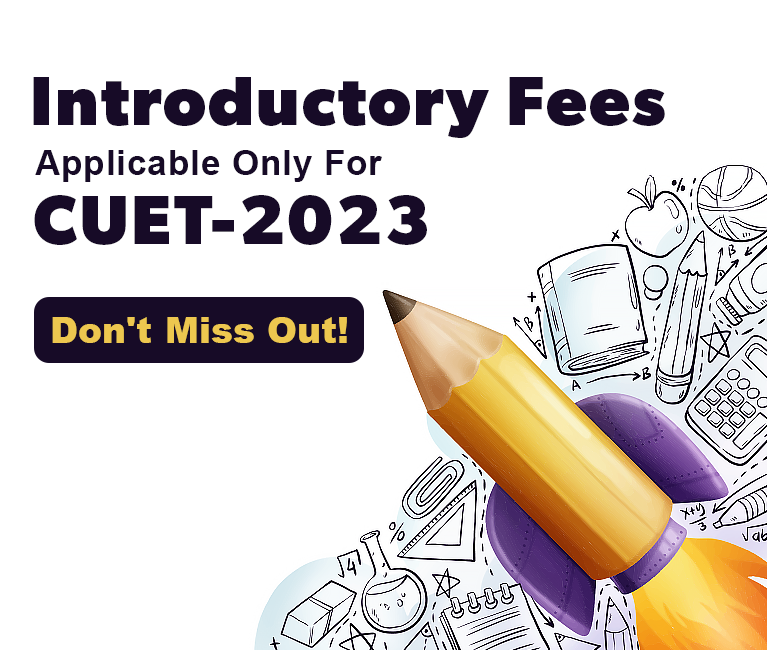
Governance
Supreme Court Asks for Data on Humane Method of Execution
For Prelims: Prisoners Reforms, Code of Criminal Procedure, Death Penalty, Indian Penal Code, Article 72 of Indian Constitution.
For Mains: Major Issues Around Execution of Prisoners, Current Provision of Death Penalty in India.
Why in News?
The Supreme Court of India has asked the Centre to provide data that may lead to a more dignified, less painful, and socially acceptable method of executing prisoners other than death by hanging.
- The court even suggested the formation of an expert committee to relook at India's current method of putting criminals to death.
What are the Arguments Around Execution of Prisoners?
- The court clarified that it was not questioning the constitutionality of the death penalty but rather the method of execution.
- The government had said the mode of execution is a "matter of legislative policy," and the death penalty is awarded only in the rarest of rare cases.
- The court was hearing a petition challenging the constitutionality of death by hanging as a mode of execution.
- Section 354 (5) of the Code of Criminal Procedure mandates that a person sentenced to death shall “be hanged by the neck till he is dead”.
- It is argued that there is a need to evolve a "humane, quick, and decent alternative" and termed hanging as "cruel and barbarous" compared to lethal injection.
- However, the Centre had filed an affidavit in 2018 supporting death by hanging and had not found the method of execution "barbaric, inhuman, and cruel" compared to firing squads and lethal injections.
What is the Current Provision of Death Penalty in India?
- Certain offences under Indian Penal Code, for which the offenders can be sentenced to punishment of death are:
- Murder (Section 302)
- Dacoity with murder (Section 396)
- Criminal Conspiracy (Section 120B)
- Waging war against the Government of India or attempting to do so (Section 121)
- Abatement of mutiny (Section 132) and others.
- The term death penalty is sometimes used interchangeably with capital punishment, though imposition of the penalty is not always followed by execution, it can be commuted into life imprisonment or pardoned by the President under Article 72 of Indian Constitution.
Where does the Death Penalty Exist in the World?
- According to Amnesty International, the death penalty continues to be quite widespread Asia, with China, India, Thailand, Singapore and Indonesia, among others
- The death penalty is rare in Europe and the Americas – with the notable exceptions of Belarus, Guyana, Cuba and the United States.
- 110 countries and territories around the world have abolished the death penalty, most recently Sierra Leone, Papua New Guinea and Equatorial Guinea.
UPSC Civil Services Examination, Previous Year Question (PYQ)
Q. Instances of the President’s delay in commuting death sentences has come under public debate as denial of justice. Should there be a time specified for the President to accept/reject such petitions? Analyse. (2014)


Indian Heritage & Culture
Sandalwood Buddha Statue
For Prelims: Origin of Buddhism, Mudras, Principles of Buddhism, Sandalwood.
For Mains: Significance of Buddhism, Indian Literature, Spread of Buddhism in Ancient India.
Why in News?
Recently, the Prime Minister of India gifts a sandalwood Buddha statue to Japanese Prime Minister Fumio Kishida during the latter’s two-day state visit.
- The statue depicts Buddha sitting in ‘dhyana mudra’ under the Bodhi tree.
What is Sandalwood?
- About: Santalum album, commonly known as Indian Sandalwood, is a dry deciduous forest species native to China, India, Indonesia, Australia, and the Philippines.
- Sandalwood has been long associated with the Indian heritage & culture, as the country contributed 85% of the world’ sandalwood trade erstwhile. However, lately this has been declining at a fast rate.
- Features: This small tropical tree grows to 20m high with red wood and a variety of dark colors of bark (dark brown, reddish and dark grey).
- Uses: Because it is strong and durable, Sandalwood is mostly harvested for its timber.
- Indian Sandalwood is one of the most sacred herbs of Ayurveda.
- Distribution in India: In India, sandalwood is mostly grown in Andhra Pradesh, Telangana, Bihar, Gujarat, Karnataka, Madhya Pradesh, Maharashtra, and Tamil Nadu.
- Karnataka is sometimes called as ‘Gandhara Gudi’ or the land of sandalwood. The art of sandalwood carving has been an integral part of Karnataka’s cultural heritage for centuries. Its earliest origins can be traced back to the 3rd century B.C. The state has also set up a Sandalwood Development Board to ensure that the resources are sustainably managed.
- IUCN Red List Status: Vulnerable.
What is Mudra in Buddhism?
- In Buddhism, mudras are hand gestures or positions that are used during meditation and other practices to help focus the mind, channel energy, and deepen one's connection to the teachings. Here are some of the mudras commonly used in Buddhism:
- Dhyana Mudra: In this mudra, the hands are placed on the lap, with the right hand on top of the left, and the thumbs touching.
- This mudra symbolizes meditation, concentration, and inner peace.
- Anjali Mudra: This is the most common mudra used in Buddhism, and it involves pressing the palms together in front of the chest, with the fingers pointing upwards.
- It represents respect, greeting, and gratitude.
- Vitarka Mudra: This mudra is also known as the "teaching mudra" or "gesture of discussion," and it involves holding the right hand up, with the thumb and index finger touching to form a circle.
- It represents the transmission of knowledge and the communication of the Buddha's teachings.
- Varada Mudra: In this mudra, the right hand is extended downwards, with the palm facing outwards.
- It represents generosity, compassion, and the granting of wishes.
- Abhaya Mudra: This mudra involves raising the right hand up to shoulder height, with the palm facing outwards.
- It represents fearlessness, protection, and the dispelling of negativity.
- Bhumisparsha Mudra: This mudra involves touching the ground with the fingertips of the right hand, while the left hand rests on the lap.
- It represents the moment of the Buddha's enlightenment, and the gesture symbolizes the earth witnessing his attainment of enlightenment.
- Uttarabodhi Mudra: In this the hands are held in front of the chest with the fingers of the left hand pointing upward and the fingers of the right hand pointing downward. The thumbs are then placed together in the center, creating a triangle shape.
- This mudra represents the union of wisdom and compassion, the balance of masculine and feminine energies, and the attainment of enlightenment through the integration of all aspects of thyself.
- Dharma Chakra Mudra: In this the hands are held in front of the chest with the thumb and index finger of each hand forming a circle. The remaining three fingers of each hand are extended upwards, representing the Three Jewels of Buddhism: the Buddha, the Dharma (his teachings), and the Sangha (the community of practitioners). The circle made by the thumb and index finger represents the wheel of the Dharma, which
- This mudra represents the constant cycle of birth, death, and rebirth, and the Buddha's teachings as the means to break free from this cycle.
- Karana Mudra: In this the left hand is brought up to the heart, palm facing forward. The index and little fingers point straight upward. while the other three fingers are curled towards the palm.
- This gesture is often seen in depictions of the Buddha or bodhisattvas, as a symbol of protection and dispelling of negativity. The index finger is said to represent the energy of wisdom and the ability to overcome obstacles.
- Jnana Mudra: In this the index finger and thumb are brought together to form a circle, while the other three fingers are extended outwards.
- This gesture represents the unity of individual consciousness with the universal consciousness, and the connection between the practitioner and the teachings of the Buddha.
- Tarjani Mudra: In this, the index finger is extended upward, while the other fingers are curled towards the palm. Tarjani Mudra, also known as the "threatening gesture"
- It is used as a symbol of warning or protection against evil forces or harmful influences.
- Dhyana Mudra: In this mudra, the hands are placed on the lap, with the right hand on top of the left, and the thumbs touching.
UPSC Civil Services Examination, Previous Year Question (PYQ)
Q. Lord Buddha’s image is sometimes shown with the hand gesture called ‘Bhumisparsha Mudra’. It symbolizes (2012)
(a) Buddha’s calling of the Earth to watch over Mara and to prevent Mara from disturbing his meditation
(b) Buddha’s calling of the Earth to witness his purity and chastity despite the temptations of Mara
(c) Buddha’s reminder to his followers that they all arise from the Earth and finally dissolve into the Earth, and thus this life is transitory
(d) Both the statements (a) and (b) are correct in this context
Ans: (b)


Governance
Bharat 6G Project
For Prelims: Bharat 6G Project, Call Before You Dig, Atmanirbhar Bharat, e-Governance, Optical Fibre.
For Mains: Bharat 6G Project, 6G.
Why in News?
Recently, the Prime Minister has unveiled a Vision Document to roll out high-speed 6G Communication Services by 2030 and also launched Bharat 6G Project to identify and fund research and deployment of the next-generation technology in India.
- The Government has also launched the 'Call Before You Dig (CBuD)’ app to facilitate coordination between excavation agencies and underground utility owners to prevent damage to utilities due to digging.
What is Bharat 6G Project
- About:
- India’s 6G project will be implemented in two phases, the first one from 2023 to 2025 and the second one from 2025 to 2030.
- The government has also appointed an apex council to oversee the project and focus on issues such as standardization, identification of the spectrum for 6G usage, create an ecosystem for devices and systems, and figure out finances for research and development, among other things.
- A key focus of the council will be on new technologies such as Terahertz communication, radio interfaces, tactile internet, artificial intelligence for connected intelligence, new encoding methods and waveforms chipsets for 6G devices.
- Phases:
- In phase one, support will be provided to explorative ideas, risky pathways and proof-of-concept tests.
- Ideas and concepts that show promise and potential for acceptance by the global peer community will be adequately supported to develop them to completion, establish their use cases and benefits, and create implementational IPs and testbeds leading to commercialisation as part of phase two.
- Objective:
- It aims to enable India to become a leading global supplier of intellectual property, products and solutions of affordable 6G telecom solutions and identify priority areas for 6G research based on India’s competitive advantages.
- Significance:
- The project will provide an R&D platform to start-ups, researchers, industry and other broadband wireless applications in India like e-Governance, smart cities, rural Broadband or other Digital India initiatives under Atmanirbhar Bharat.
How is India’s Digital Ecosystem Scenario?
- India is the 2nd-largest telecom market globally with 1.2 billion digital subscribers.
- The past nine years witnessed an unprecedented digital leap, whereby India's digital economy grew 2.5 times faster than the national economy.
- Over this period, the number of broadband users rose to 800 million, from 60 million, and the number of internet connections rose to 850 million from 250 million. The government and private sector together have laid over 2.5 million km of Optical Fiber.
- India is the most connected democracy in the world, where 70 million e-authentications are done every day, and 8 billion UPI (Unified Payment Interface) transactions are made every month.
- India has sent upwards of ~28 lakh crore directly to its citizens through direct benefit transfers.
What is 6G Technology?
- 6G (Sixth-Generation Wireless) is the successor to 5G cellular technology.
- It will be able to use higher frequencies than 5G networks and provide substantially higher capacity and much lower latency (delay).
- One of the goals of 6G internet will be to support one microsecond-latency communication (delay of one-microsecond in communication).
- This is 1,000 times faster - or 1/1000th the latency - than one millisecond throughput.
- It seeks to utilize the terahertz band of frequency which is currently unutilized.
- Terahertz waves fall between infrared waves and microwaves on the electromagnetic spectrum.
- These waves are extremely tiny and fragile, but there's a huge amount of free spectrum up there that would allow for spectacular data rates.

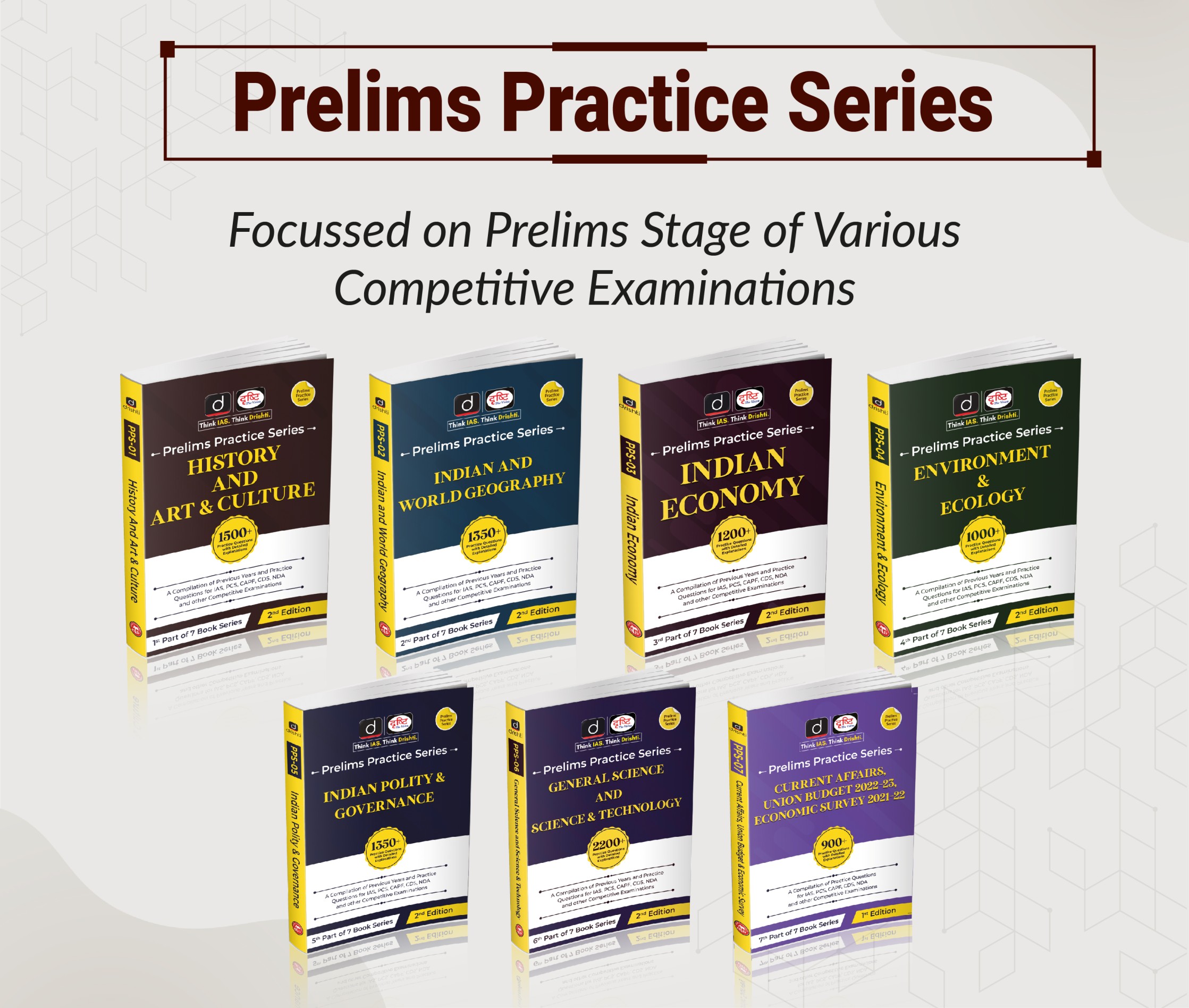
Governance
National Strategy and Roadmap for Medical and Wellness Tourism
For Prelims: National Strategy and Roadmap for Medical and Wellness Tourism, Medical Tourism Index (MTI), Medical Visa, National Accreditation Board for Hospitals & Healthcare Providers (NABH).
For Mains: Medical and Wellness Tourism, Steps Taken for the Promotion of Medical and Wellness Tourism.
Why in News?
India has been ranked 10th in the Medical Tourism Index (MTI) for 2020-2021 out of 46 destinations of the world by the Medical Tourism Association.
- With an aim to improve medical tourism in the country, the Ministry of Tourism has formulated a National Strategy and Roadmap for Medical and Wellness Tourism in 2022.
What are the Key Pillars of the Strategy?
- The National Strategy and Roadmap for Medical and Wellness Tourism has identified the following key pillars for the development of medical-value travel in the country.
- Key Pillars:
- Developing a brand for India as a wellness destination.
- Strengthening the ecosystem for medical and wellness tourism
- Enabling digitalization by setting up Online Medical Value Travel (MVT) Portal
- Enhancing accessibility for Medical Value Travel
- Promoting Wellness Tourism
- Governance and Institutional Framework
- Foreign Tourists Arrival on medical purpose increases from 1.83 lakh in 2020 to 3.04 lakh in 2021.
What is Medical and Wellness Tourism?
- About:
- Medical and wellness tourism refer to the practice of travelling to another location to receive medical treatment or to improve one's health and wellbeing.
- These types of tourism are growing in popularity as people become more interested in alternative healthcare options and seek out high-quality medical care at a lower cost.
- Issues related to Medical and Wellness Tourism in India:
- Language and Cultural Barriers: Many medical tourists may face language and cultural barriers, making it difficult to communicate effectively with healthcare providers.
- This can lead to misunderstandings and miscommunications that could impact the quality of care received.
- Ethical Concerns: There have been concerns about the exploitation of vulnerable populations in medical tourism, particularly in the case of organ transplantation.
- Language and Cultural Barriers: Many medical tourists may face language and cultural barriers, making it difficult to communicate effectively with healthcare providers.
- Steps Taken for the Promotion of Medical and Wellness Tourism:
- 'Medical Visa’ has been introduced, which can be given for specific purposes to foreign travellers coming to India for medical treatment.
- ‘E- Medical Visa’ and ‘E-Medical Attendant Visa’ have also been introduced for 156 countries.
- The Ministry of Tourism provides financial Assistance under Market Development Assistance Scheme to Medical Tourism Service Providers accredited by National Accreditation Board for Hospitals & Healthcare Providers (NABH) for participation in Medical/ Tourism activities.
- 'Medical Visa’ has been introduced, which can be given for specific purposes to foreign travellers coming to India for medical treatment.


Governance
ICMR Release Guidelines for AI Use in the Health Sector
For Prelims: ICMR, Artificial Intelligence.
For Mains: Ethical Guidelines for Use of AI in the Healthcare Sector, Challenges with use of AI in Healthcare.
Why in News?
Recently, Indian Council of Medical Research (ICMR) issued a guiding document- “The Ethical Guidelines for Application of AI in Biomedical Research and Health care”, which outlines 10 key patient-centric ethical principles for Artificial Intelligence (AI) application in the health sector.
- Diagnosis and screening, therapeutics, preventive treatments, clinical decision-making, public health surveillance, complex data analysis, predicting disease outcomes, behavioral and mental healthcare and health management systems are among the recognized applications of AI in healthcare.
What are the 10 Guiding Principles?
- Accountability and Liability Principle: It underlines the importance of regular internal and external audits to ensure optimum functioning of AI systems which must be made available to the public.
- Autonomy Principle: It ensures human oversight of the functioning and performance of the AI system. Before initiating any process, it is also critical to attain consent of the patient who must also be informed of the physical, psychological and social risks involved.
- Data Privacy Principle: It mandates AI-based technology should ensure privacy and personal data protection at all stages of development and deployment.
- Collaboration Principle: This principle encourages interdisciplinary, international collaboration and assistance involving different stakeholders.
- Safety and Risk Minimization Principle: This principle aimed at preventing “unintended or deliberate misuse”, anonymized data delinked from global technology to avoid cyber-attacks, and a favorable benefit-risk assessment by an ethical committee among a host of other areas.
- Accessibility, Equity and Inclusiveness Principle: This acknowledge that the deployment of AI technology assumes widespread availability of appropriate infrastructure and thus aims to bridge the digital divide.
- Data Optimization: Poor data quality, inappropriate and inadequate data representations may lead to biases, discrimination, errors and suboptimal functioning of the AI technology.
- Non-Discrimination and Fairness Principles: In order to refrain from biases and inaccuracies in the algorithms and ensure quality AI technologies should be designed for universal usage.
- Trustworthiness: In order to effectively use AI, clinicians and healthcare providers need to have a simple, systematic and trustworthy way to test the validity and reliability of AI technologies. In addition to providing accurate analysis of health data, a trustworthy AI-based solution should also be lawful, ethical, Reliable and valid.
Note: India has a host of frameworks which marry technological advances with healthcare. These include the Digital Health Authority for leveraging Digital health Technologies under the National Health Policy (2017), the Digital Information Security in Healthcare Act (DISHA) 2018 and the Medical Device Rules, 2017.
Conclusion:
AI cannot be held accountable for the decisions it makes, so an ethically sound policy framework is essential to guide the AI technologies development and its application in healthcare. Further, as AI technologies get further developed and applied in clinical decision making, it is important to have processes that discuss accountability in case of errors for safeguarding and protection.


Important Facts For Prelims
World Happiness Report 2023
Why in News?
Recently, the UN Sustainable Development Solutions Network released the World Happiness Report 2023 which ranks countries on happiness.
What is World Happiness Report?
- Since 2012, the World Happiness Report has been released annually around March 20th as part of the International Day of Happiness celebration.
- The report ranks global happiness basis survey data from people in over 150 countries.
- This year, the report ranked 136 countries.
- The ranking uses six key factors to measure happiness — social support, income, health, freedom, generosity, and absence of corruption.
- Besides ranking the countries, the report also looks at the state of the world in 2023.
What about the Performance of the Countries?
- Top Performers:
- For the sixth year in a row, Finland has been crowned as the happiest nation, Denmark is at number two, followed by Iceland at number three.
- Unlike previous years, where the same countries tend to appear in the top 20, there’s a new entrant this year — Lithuania (at the 20th spot).
- Worst Performers:
- Afghanistan was ranked as the unhappiest nation, followed by Lebanon, Sierra Leone, Zimbabwe, respectively.
- India’s Performance:
- India ranks at 126th position out of 136 countries, making it one of the least happy countries in the world.
- In 2022, India ranked 136th position out of 146 countries.
- It even lags behind its neighbouring nations like Nepal, China, Bangladesh and Sri Lanka.
- India ranks at 126th position out of 136 countries, making it one of the least happy countries in the world.
What is Sustainable Development Solutions Network (SDSN)?
- In 2012, the UN SDSN was launched under the auspices of the UN Secretary-General.
- SDSN promotes integrated approaches to implement the Sustainable Development Goals (SDGs) and the Paris Agreement on Climate Change, through education, research, policy analysis, and global cooperation.
UPSC Civil Services Examination, Previous Year Question (PYQ)
Q1. Which of the following is/are the indicator/ indicators used by IFPRI to compute the Global Hunger Index Report? (2016)
- Undernourishment
- Child stunting
- Child mortality
Select the correct answer using the code given below:
(a) 1 only
(b) 2 and 3 only
(c) 1, 2 and 3
(d) 1 and 3 only
Ans: (c)
Q2. Which of the following gives ‘Global Gender Gap Index’ ranking to the countries of the world? (2017)
(a) World Economic Forum
(b) UN Human Rights Council
(c) UN Women
(d) World Health Organization
Ans: (a)
Q3. ‘Global Financial Stability Report’ is prepared by the (2016)
(a) European Central Bank
(b) International Monetary Fund
(c) International Bank for Reconstruction and Development
(d) Organization for Economic Cooperation and Development
Ans: (b)


Important Facts For Prelims
Vienna Convention
Why in News?
After pro-Khalistan people took down the Indian flag at the High Commission in London, the Indian government summoned the “senior-most” UK diplomat, Deputy High Commissioner and reminded her of the basic obligations of the UK Government under the Vienna Convention.
What is the Vienna Convention on Diplomatic Relations?
- The Convention was adopted on 14th April 1961 by the United Nations Conference on Diplomatic Intercourse and Immunities held in Vienna, Austria. India has ratified the convention.
- It entered into force on April 24, 1964, and is nearly universally ratified, with Palau and South Sudan being the exceptions.
- It sets out the special rules – privileges and immunities – which enable diplomatic missions to act without fear of coercion or harassment through enforcement of local laws and to communicate securely with their sending Governments.
- It makes provision for withdrawal of a mission – which may take place on grounds of economic or physical security – and for breach of diplomatic relations which may occur in response to abuse of immunity or severe deterioration in relations between sending and receiving States.
- A “receiving State” refers to the host nation where a diplomatic mission is located.
- In either of these cases – or where permanent missions have not been established – a framework is provided for the interests of each sending State to be protected in the receiving State by a third State.
- It affirms the concept of “inviolability” of a diplomatic mission, which has been one of the enduring cornerstones of international diplomacy.
- Basically, the security of any High Commission or Embassy is the responsibility of the host nation. While diplomatic missions can also employ their own security, ultimately, the host nation is accountable for security.
- The difference between high commission and embassy is basically where they are situated. Commission applies to Commonwealth member states whereas Embassy applies to the rest of the world.


Rapid Fire
Rapid Fire Current Affairs
International Day for Elimination of Racial Discrimination
Every year 21st March is marked as the United Nations’ International Day for the Elimination of Racial Discrimination also known as End Racism Day to commemorate the day in 1960 when police opened fire and killed 69 people at a peaceful demonstration in Sharpeville, South Africa, against apartheid "pass laws".
The Pass Laws was a system used to control the movement of Black, Indian and Colored people in South Africa. The pass said which areas a person was allowed to move through or be in and if a person was found outside of these areas they would be arrested. The 2023 theme of the International Day for the Elimination of Racial Discrimination focuses on the urgency of combatting racism and racial discrimination. The day aims to be an opportunity to “recognize the contribution of individuals and organizations that stand up against racial discrimination and the challenges they face”.
Read more: International Day for the Elimination of Racial Discrimination
Shaheed Diwas
Shaheed Diwas is celebrated across India on 23rd March since 1931 to remember the sacrifices made by three freedom fighters - Bhagat Singh, Sukhdev Thapar, and Shivaram Rajguru - who died while leading India's fight for freedom from British rule. The three freedom fighters were hanged by the British Government in 1931. The trio was found guilty of the murder of deputy police superintendent JP Saunders in 1928, to avenge the death of Lala Lajpat Rai.
Read more: Shaheed Diwas
World Meteorological Day
World Meteorological Day is celebrated globally on 23rd March to commemorate the establishment of the World Meteorological Organization (WMO), which was created in 1950. This year marks WMO's 150th anniversary. The theme for World Meteorological Day 2023 is “The future of weather, climate, and water across generations.” The themes chosen for World Meteorological Day reflect topical weather, climate, and water-related issues. The day highlights “the essential role that ‘National Meteorological and Hydrological Services’ (NMHS) plays in the safety and wellbeing of the society,” the day is also observed to make people aware of their role in protecting Earth’s atmosphere.
Read more: World Meteorological Day
Sharda Peeth
Recently, Home Minister e-inaugurated Mata Sharda Devi Temple dedicated to Goddess Sharda Devi and announced that the government of India will attempt to build a Kartrapur-style corridor to Sharda Peeth as an important step in the direction of discovery of Sharda-civilization and promotion of Sharda-script. Sharda peeth is an abandoned Hindu temple and ancient center of learning. It is located at Neelum Valley in Pakistan-occupied Kashmir across Teetwal village in Jammu and Kashmir’s Kupwara district along the Line of Control. It is one of the 18 Maha Shakti Peethas and is considered to be the abode of the Hindu Goddess Saraswati. Sharda peeth is the most revered religious place for Kashmiri Pandits.



